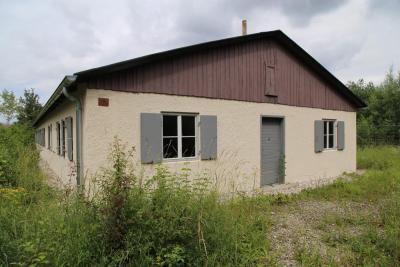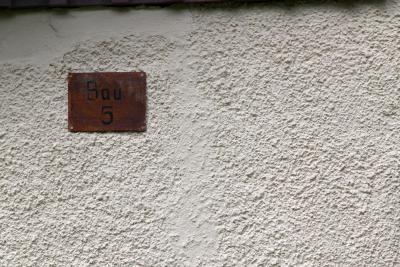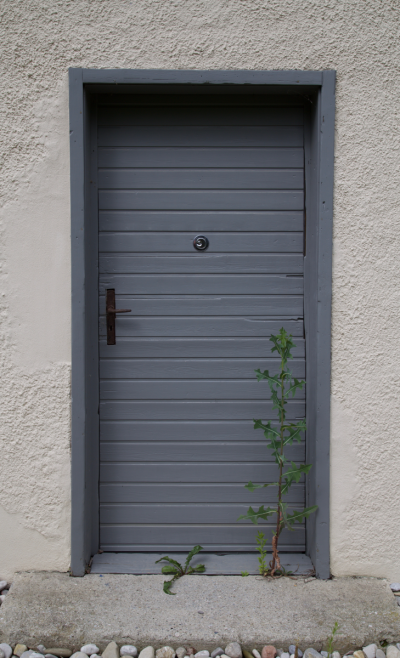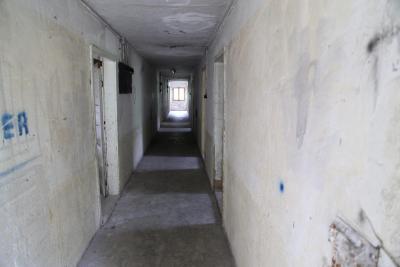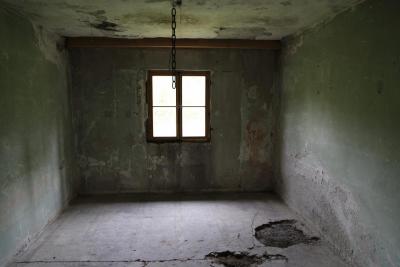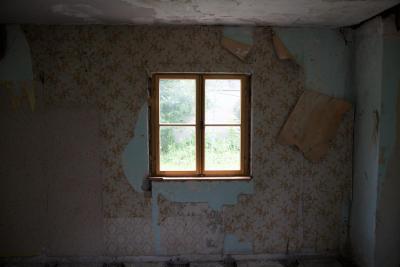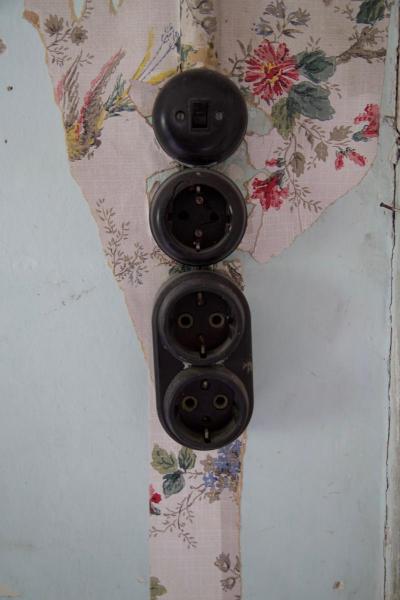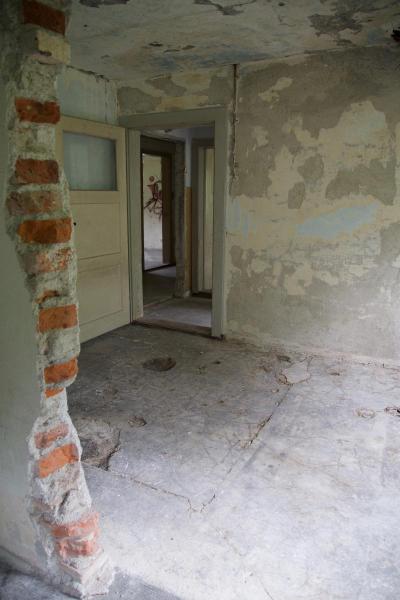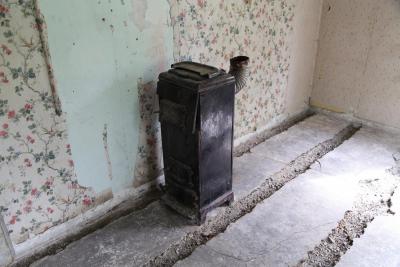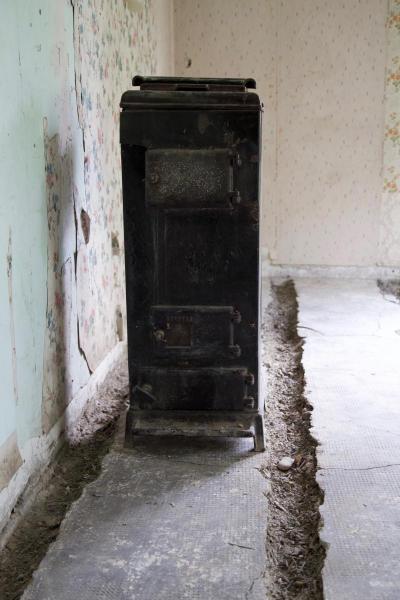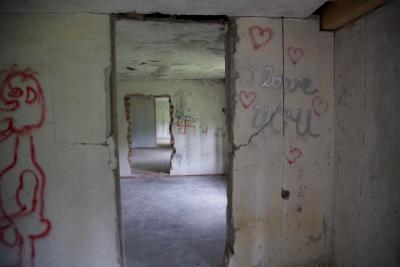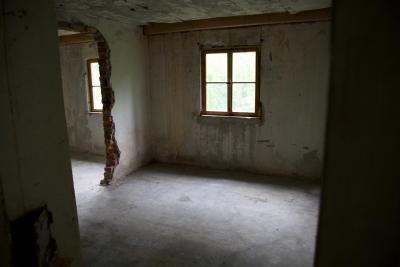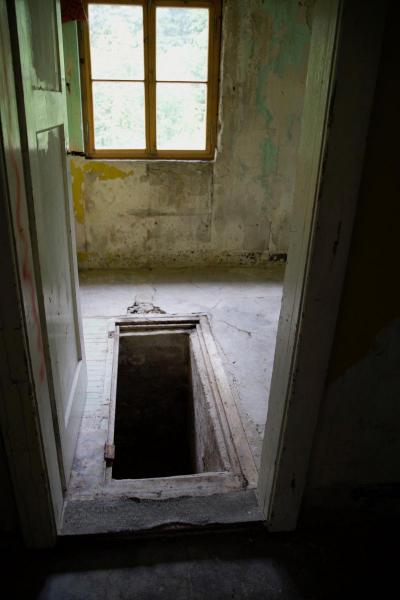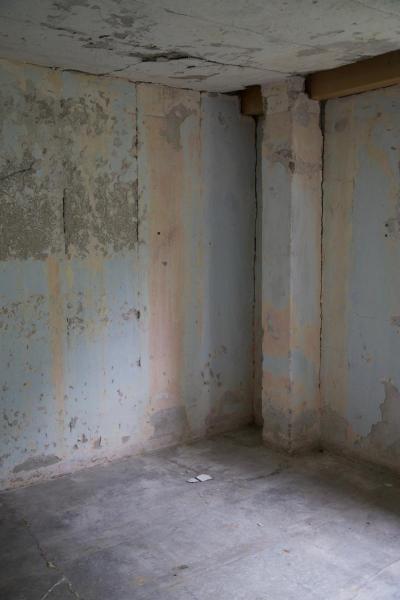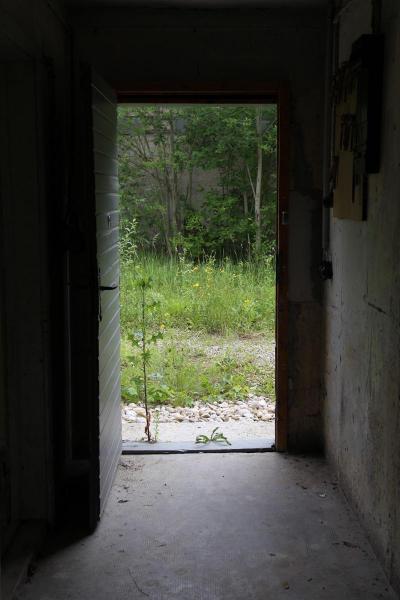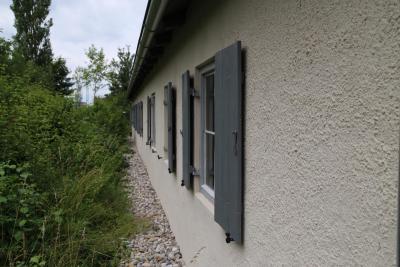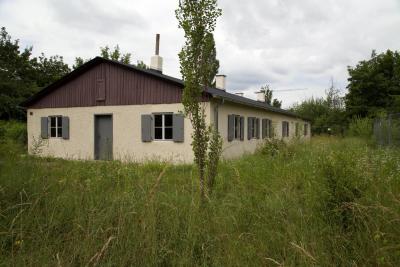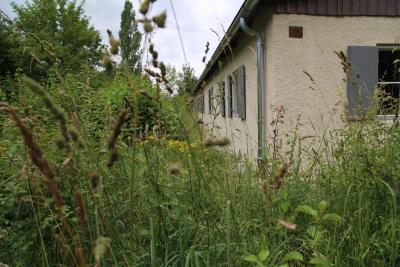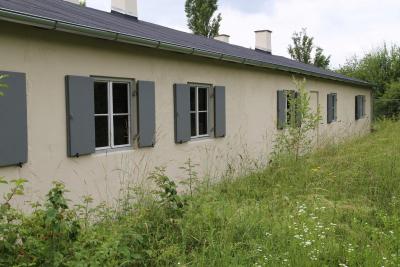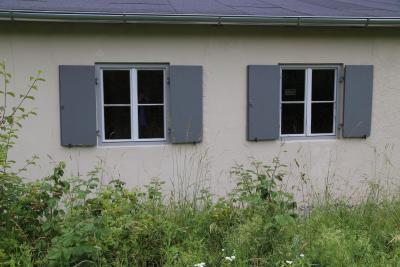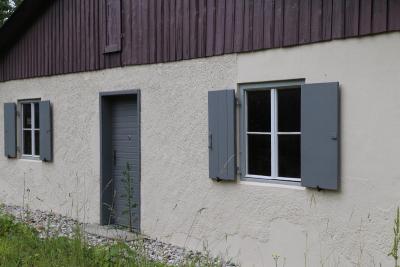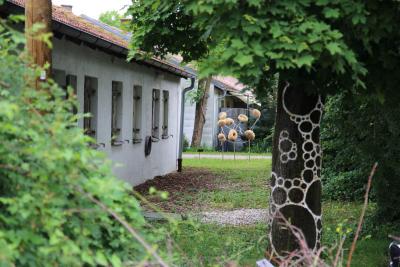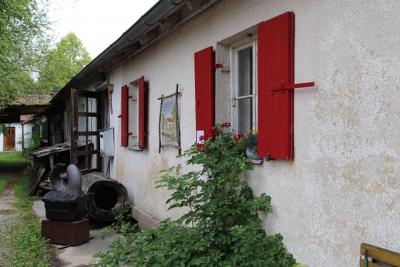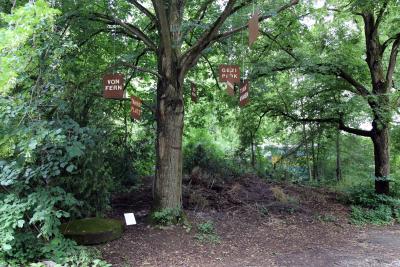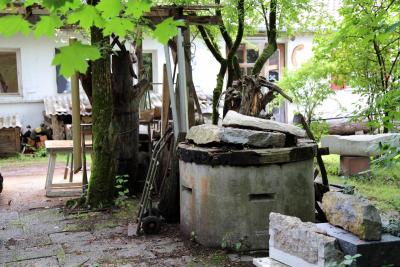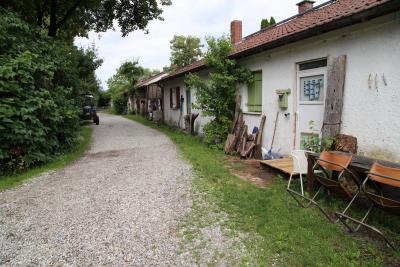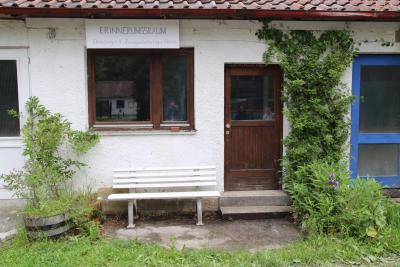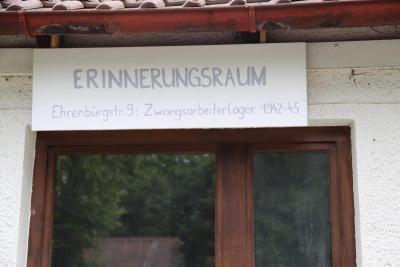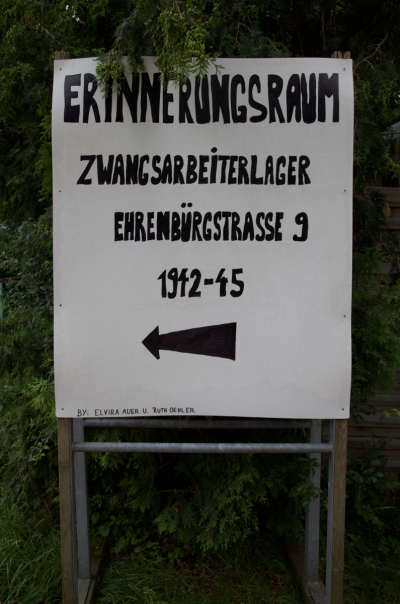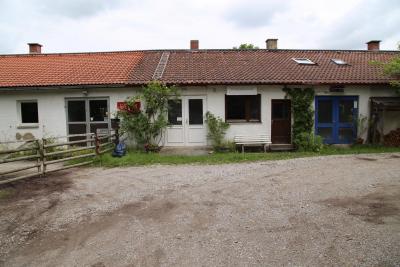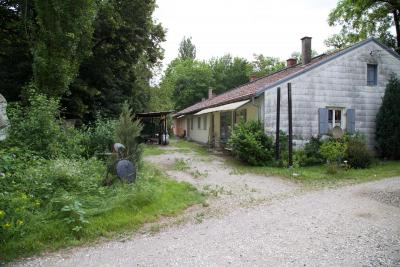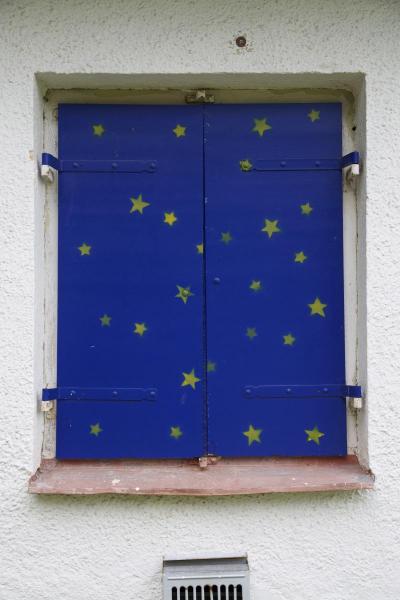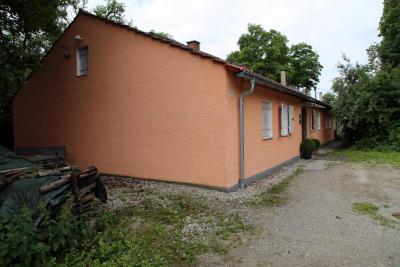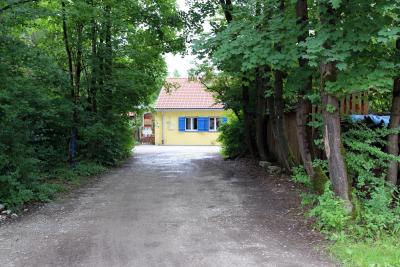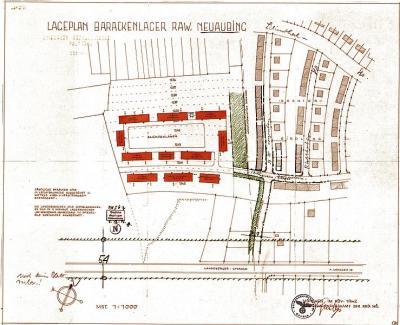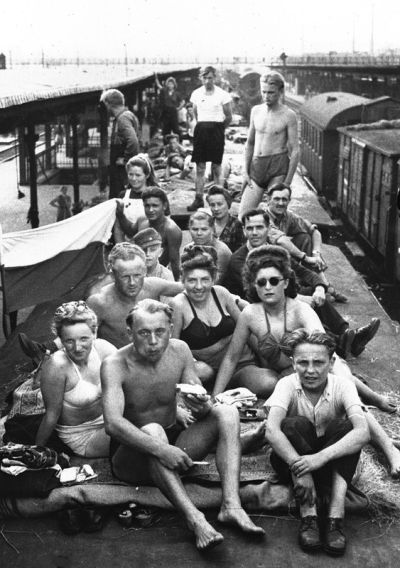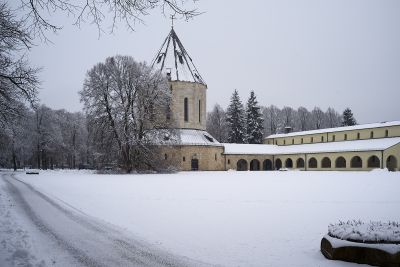Forced Labour Camp Memorial Site at Neuaubing

Forced Labour in Munich
Around 13 million foreign labourers were compelled to work for the Nazi regime. In Munich they worked for arms companies such as Krauss-Maffei, BMW and Dornier, but they were also employed by many smaller companies and businesses. The state also used forced labour, to build roads for example. More than 120,000 “civilian foreign workers” are recorded as working in the city in 1944. In addition, thousands of prisoners of war and concentration camp inmates were forced to work.
Altogether, 150,000 forced labourers worked in Munich during the war. Most of them were civilians from the Soviet Union (known as Ostarbeiter or Eastern workers), especially from Ukraine. But many also came from Poland. While initially some of them volunteered for work, as the war went on the Germans increasingly brought people from the zones of occupation to Germany by force and on a massive scale.
Without this systematically organised forced labour the Nazi regime would not have been able to wage war for so long. Even today, this mass-scale crime is insufficiently commemorated. Compensation payments were a long time coming and were made only to certain groups.
Conditions at the RAW-Camp Neuaubing
Most of Munich’s forced labourers were housed in collective accommodation at more than 400 sites. Living conditions differed, but almost everywhere the inmates suffered from poor hygiene, harassment, a lack of privacy, hunger and homesickness.
The barracks camp in Ehrenbürgstraße served as accommodation for forced labourers at the RAW Neuaubing from mid-1942 onwards, if not earlier. As far as we know, about 1,000 people were interned there. The majority came from the Soviet Union. Others were from Poland, Italy, the Netherlands, France, Croatia, Czechoslovakia and Yugoslavia. How they were treated depended on their country of origin.
Among the “Ostarbeiter” and Poles there were entire families, including children and grandparents. Some of the camp inmates intermarried and had children. But we also know of fourteen deaths, some of them suicides. Dozens fled the camp when it was bombed by the Allies in spring 1945.
Forced Labour in the Service of the Reichsbahn
The Reichsbahn had a great demand for forced labourers, which rose even further as the war proceeded. There were two railway repairs works in Munich – in Freimann and Neuaubing – which manufactured and repaired armoured and hospital trains as well as passenger carriages for war operations. The work was physically and mentally arduous.
Most of the “foreign workers” at RAW Neuaubing lived in the camp in Ehrenbürgstraße. Armed railway employees brought the men, women, youths and children to the works in the morning and back to the camp in the evening. They had to work longer hours and for lower wages than German workers and had scarcely any protection or rights.
Since it was crucial to the war effort the RAW became the target of major bombing in July 1944. There were no air-raid shelters for the forced labourers. After the war, German Railways (now the Bundesbahn) continued to operate the works until 2001. In 2015, demolition work began on the site where a new housing development is currently being built.
The Faces of Forced Labour
The victims of forced labour fell virtually into oblivion after the war. Only years later did they become the focus of renewed scholarly and public attention. The Munich Documentation Centre for the History of National Socialism is placing the fates of Munich’s forced labourers at the centre of its concept for this new memorial site.
For a long time nothing was known about the forced labourers employed directly in Neuaubing. The first surviving contemporary witness, Ivan Hont, was found in Yevmynka in Ukraine in 2012. Since then, systematic research has enabled contact to be established with a number of other former Neuaubing inmates and their descendants in various countries.
The information and documentation thus obtained have served as material for the exhibition and will form part of the future information and educational programmes of the Forced Labour Camp Memorial Site. The biographies of many former forced labours will be presented in audio and film interviews.
For tours, educational programmes and contacts, please call
+49 89 233-67007 or send an e-mail to
The free audio guide can be downloaded at
www.ns-dokuzentrum-muenchen.de/muenchner-zeitgeschichten
